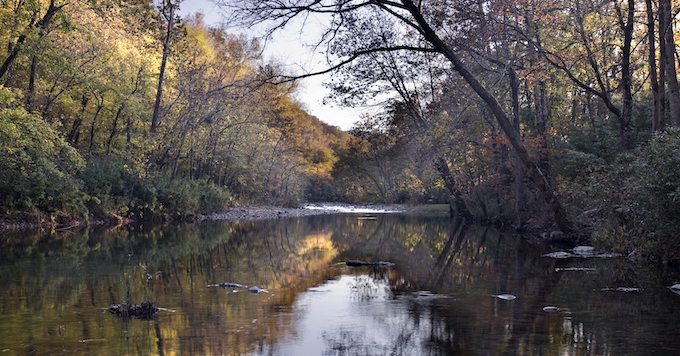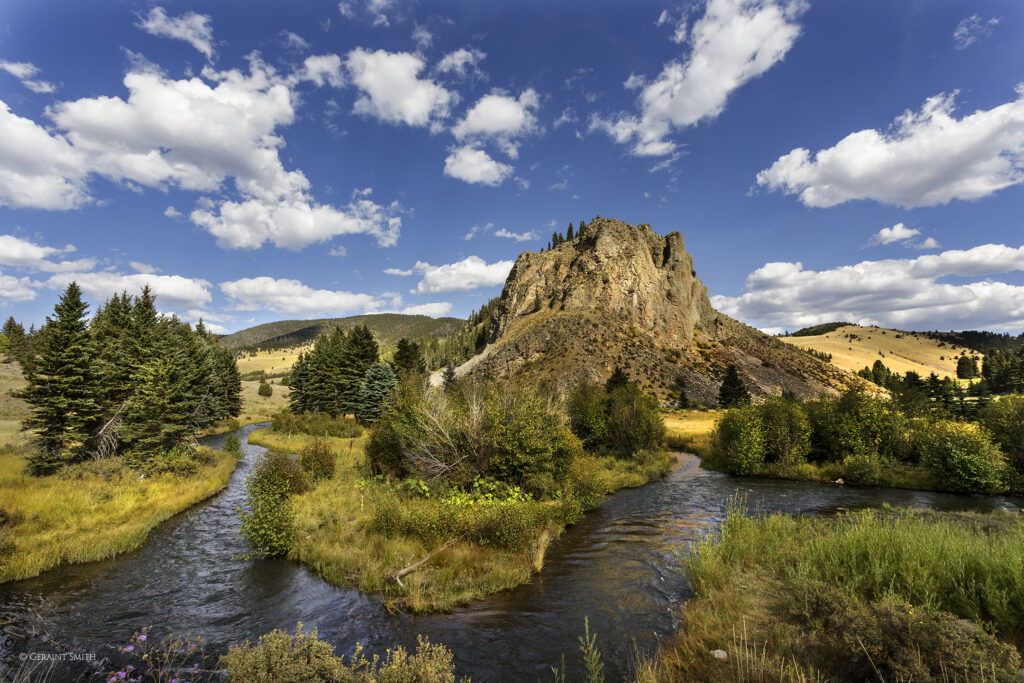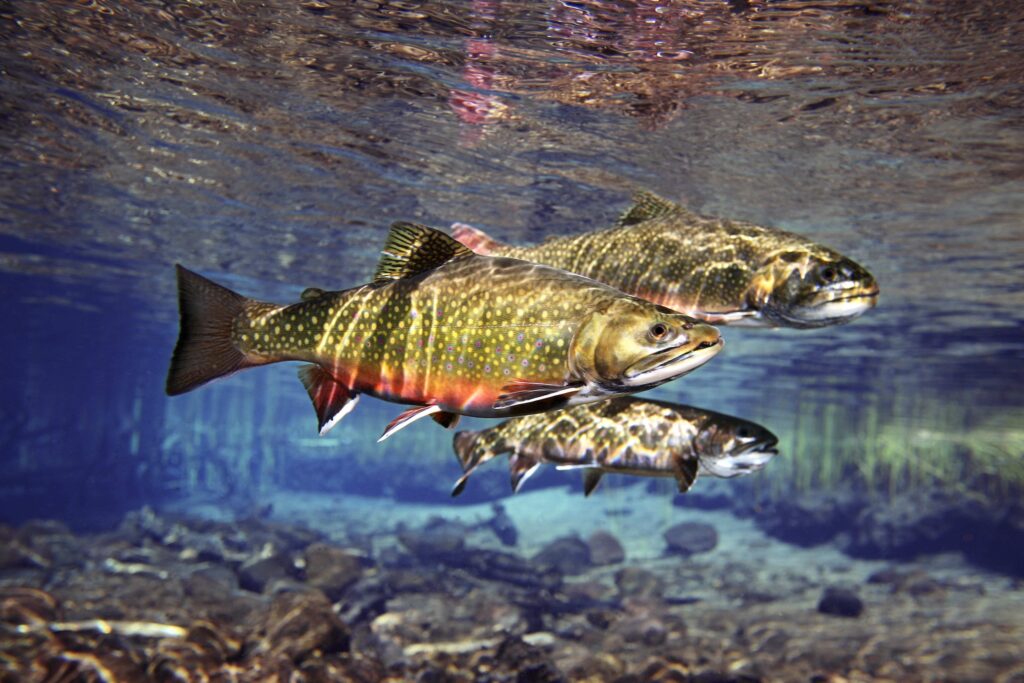Industrial Hog Farm Creates Challenges for Buffalo River
Industrial hog farming threatens the health of Arkansas' Buffalo River and taxpayers could be left having to cleanup the mess.

This guest blog by Lin Wellford is a part of our America’s Most Endangered Rivers® series on the Buffalo National River.
Once upon a time, we could all agree on what it meant to ‘sustain’ something. It meant achieving a balance that could be maintained over time. Healthy natural systems are the template for establishing sustainable practices.
In Europe, where people lived and farmed long before the “New World” was discovered, sustainability is mandated by limited resources and dense populations. Historically, farmers have been the masters of sustainability, striking a careful balance between what they put into the soil and what they could expect to take from it in the way of crops. Farmers were the original environmentalists, because they were the first to see that maintaining a careful balance allowed them to grow healthy crops year after year.
A couple of summers ago, the EPA was criticized for accidentally breaching an earthen dam, releasing mine waste from a leaking storage lagoon into a local river. The waste turned the waterway a startling yellow-orange hue that stained the rocks along the shore long after the polluted spill had moved down river. But why was the waste-filled lagoon left behind for a taxpayer-supported government agency to deal with? It’s the same old story— once the company extracted the value and profit from the mine, they declared bankruptcy and just walked away, leaving all of us with their mess.
Thirty years ago, as untapped natural resources began to get harder to find, restless corporations started to focus on a new profit center: food. People had to have it, and because farmers were historically good stewards of their land, there weren’t a lot of regulations in place to restrict operations. In short order, independent farmers found themselves being shut out of the meat market, with no way to sell their poultry or hogs.
But, surprise! Corporations soon came along with a friendly proposition for the very folks they’d just run out of the business.
First it was contract chicken and turkey growers, who raised the birds, but did not own them, and settled for a slender slice of the profits. To make a decent living, contract growers have to take on huge debt and build more poultry houses. It is also their part of the deal to dispose of the waste.
Hogs were a little trickier. They are large mammals, and can really produce a lot of waste. And again, the contract grower will own that waste although he will own not one of the thousands of pigs he feeds and houses.
Already the EPA reports that agricultural waste from these kinds of industrial operations are a leading cause of impaired waterways. Eventually, the evidence will be beyond dispute. But for now, weak regulations and lack of enforcement are allowing concentrated animal feeding operations (CAFOs) to wreck our rivers.
Do we really have to wait until every precious river and stream in the country is unfit for human use before we stop the pillaging, and then raise taxes just to clean up the mess?
[su_button url=”https://act.americanrivers.org/page/692/action/1″ background=”#ef8c2d” size=”5″ center=”yes”]Take action »[/su_button]
Lin Wellford has made her home in the Ozarks for more than 40 years. A retired author/artist, she now devotes her talents to environmental issues and community causes.





1 response to “Industrial Hog Farm Creates Challenges for Buffalo River”
Well written and insightful Lin! Thank you.